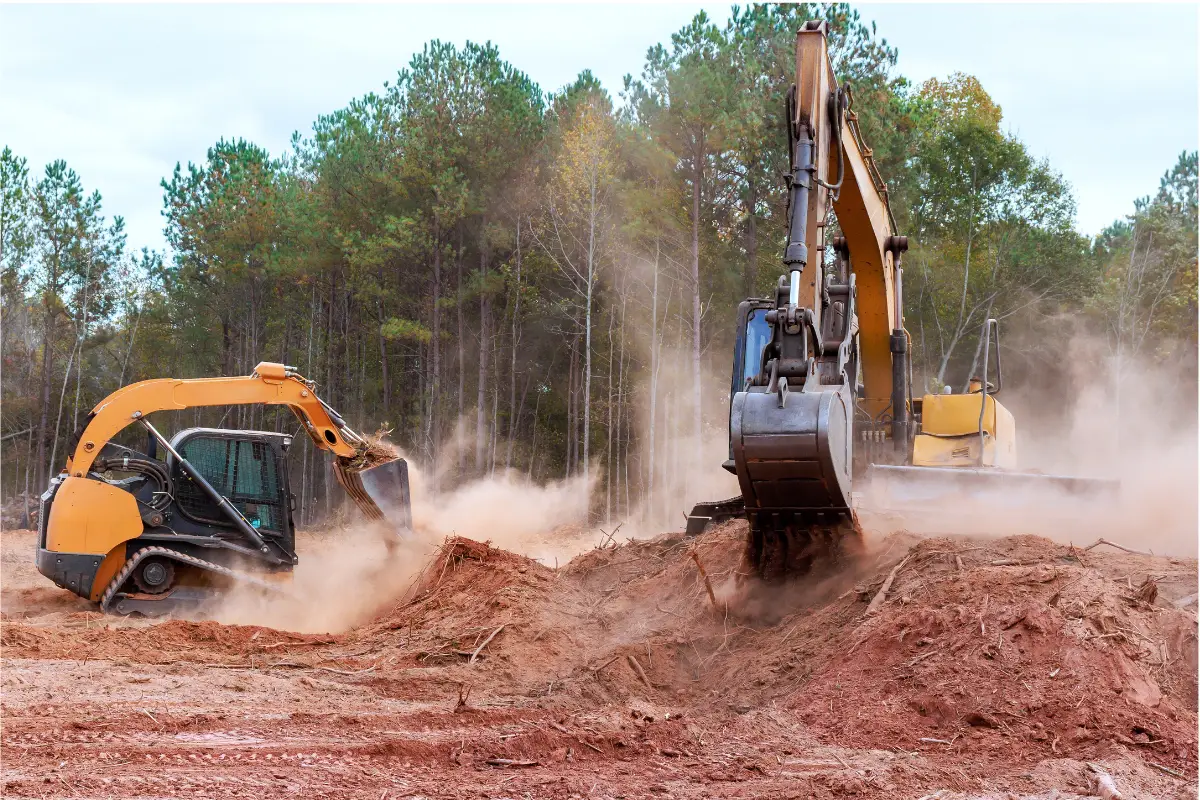Industry forecasts valued the global pre-owned construction equipment market at $165 billion in 2021, expected to hit $484 billion by 2031. Unlike generic “used” machinery, pre-owned equipment undergoes rigorous inspection, refurbishment, and service…blending new-model reliability with significant cost savings.
Ever wondered why pre-owned equipment fleets keep growing despite a surging new-machinery market?
1. Significant Cost Savings with Pre-Owned Equipment
Buying pre-owned equipment can slash your upfront capex by 20–50%, freeing budget for other growth initiatives.
Mini Case Study
A civil-works contractor purchased three pre-owned haul trucks at 40% below a new truck’s list price, enabling a competitive bid on a $30 million roadway project…and reinvested savings back into the business.
| Equipment Type | Avg. Savings Used vs. New |
| Excavators | 30% |
| Bulldozers | 40% |
| Wheel Loaders | 35% |
2. Lower Total Cost of Ownership & Equipment Lifecycle Cost
One of the top benefits of buying pre-owned machinery is a reduced total cost of ownership (TCO). Pre-owned units avoid steep first-year depreciation and often carry lower insurance premiums.
“Pre-owned machinery isn’t just a stop gap; it’s a strategic asset with proven market growth,” according to Allied Market Research.
Practical Tip
– Leverage equipment residual-value reports to forecast lifecycle costs and plan resale timing.
Mini Case Study
Apache sprayers hold 72% of their value after five years (outpacing the industry average of 50%), minimizing depreciation expense over each project’s lifespan.
3. Faster Deployment & Scalability
When buying pre-owned construction equipment, lead times can drop from months to weeks and choosing this route can mean you beat deadlines instead of miss them.
Practical Tip
– Build relationships with those who have a presence in the used equipment market to get priority access to available additions to your fleet.
Mini Case Study
A mining operator sourced four refurbished excavators from a connection in equipment finance within 10 days to meet a sudden ramp-up requirement, avoiding a $250,000 per day delay penalty.
4. Slower Depreciation Curve for Faster ROI
Most heavy-equipment assets lose 40–50 % of their value in the first two years. Used machines depreciate at a much lower rate, as low as 5–10 % per year after year 2. That means your time to ROI is shortened significantly once you dodge the steep drop in value.
Practical Tip
– Target machines in the 3 to 5 year age bracket, where depreciation typically falls below 10%.
Mini Case Study
A 5-year-old wheel loader retains about 45 % of its original value; a 1-year-old loses more than 35 % in year two.
5. Capital Efficiency & Financing Flexibility
Redirect cash saved on equipment toward working capital or additional assets, and tap asset-based lending solutions tailored for pre-owned fleets.
Pro Tip: Compare pre-owned vs. new equipment ROI in your next financing review to uncover hidden savings.
Practical Tip
– Explore term loans or lease-purchase agreements that recognize residual value on pre-owned collateral.
Mini Case Study
A West Texas oilfield logistics company leveraged pre-owned equipment financing to acquire a competitor, securing $10 million in capital to make the acquisition and supercharge the company’s growth.
Conclusion
From compelling cost savings and optimized lifecycle costs to rapid deployment and robust financing options, the advantages of pre-owned equipment are clear.
Contact us to explore certified pre-owned fleets tailored to your operational needs.

